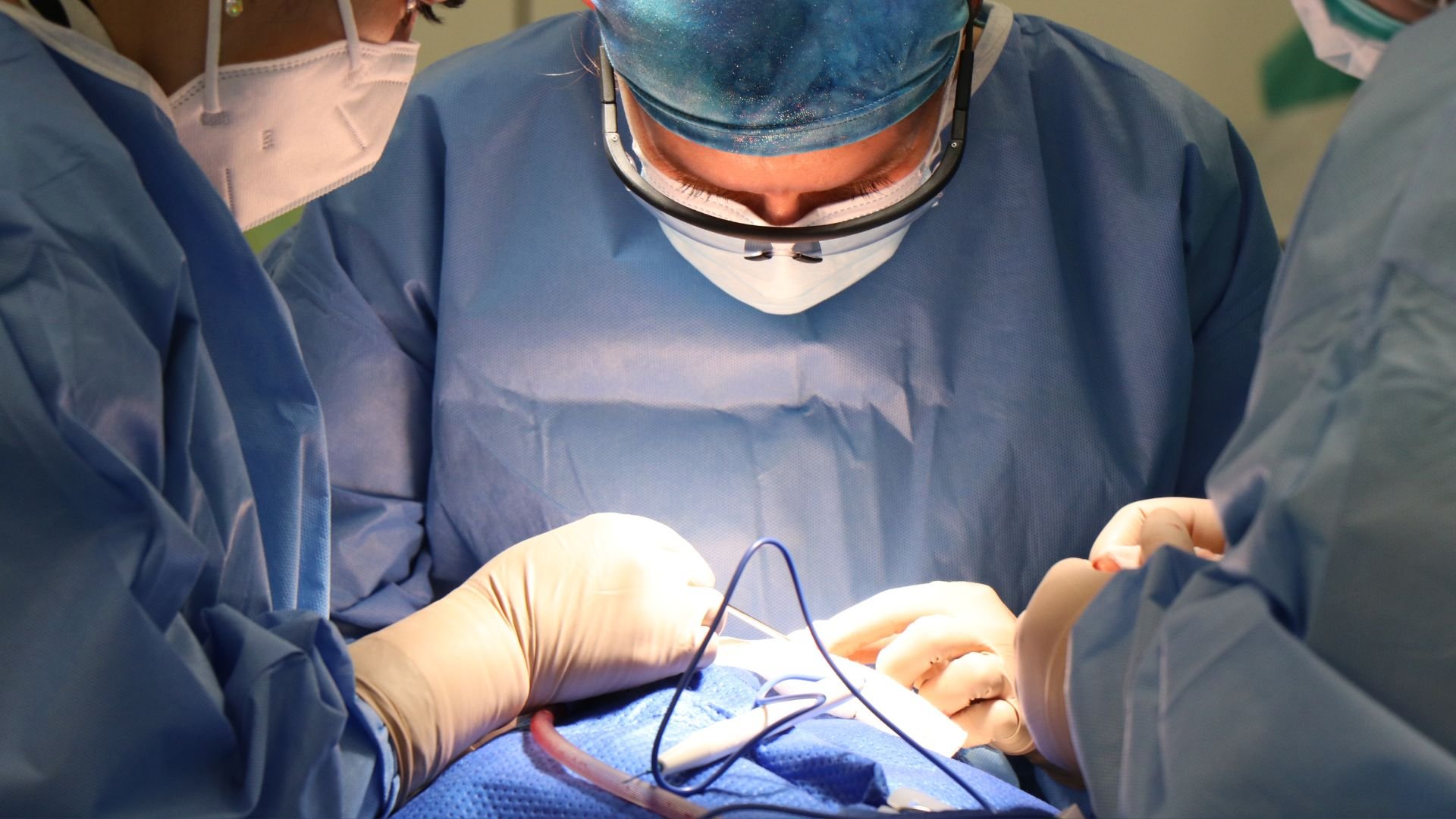Recovering from brain surgery involves more than healing from the physical procedure. Patients often experience a wide range of changes, both immediate and gradual, as the brain and body adjust. Understanding what the recovery process involves helps patients prepare for the weeks and months ahead. A brain surgeon provides guidance before surgery to explain the timeline, anticipated symptoms, and strategies for follow-up care. Setting realistic expectations helps reduce anxiety and encourages active participation in the healing process.
Immediately following the procedure, patients typically stay in the hospital for close monitoring. This period allows medical staff to track vital signs, manage pain, and observe neurological function. Some swelling and fatigue are common, and patients may need help with daily activities. A brain surgeon or care team checks for signs of infection, fluid buildup, or pressure changes that could indicate a complication. Early recovery focuses on rest, hydration, and stabilizing the patient before discharge. Each case varies, depending on the type of surgery performed and the part of the brain involved.
Postoperative Symptoms
Common symptoms during the early stages of recovery include headaches, nausea, dizziness, and sleep disturbances. In some cases, patients may experience changes in vision, speech, or motor skills depending on the surgery’s location. A brain surgeon will outline which symptoms are expected and which may require further evaluation. It’s also typical for memory, concentration, and emotional processing to take time to return to baseline. Support from caregivers during this phase can help patients manage these temporary changes and stay on track with prescribed medications.
Cognitive and Emotional Changes
Brain surgery may temporarily affect thinking, mood, or emotional regulation. Patients might notice difficulty focusing, slower processing speed, or irritability during the healing process. These shifts are not uncommon and often resolve with time, especially when supported by rehabilitation and structured routines. In some cases, a neuropsychologist may become involved in post-surgical care to monitor progress and provide exercises or strategies to improve cognitive function. A brain surgeon may also recommend specific follow-up imaging to track healing and confirm that the surgical site is recovering as expected.
Daily Routines
Returning to normal routines takes time. Most patients begin by incorporating light activity and rest periods throughout the day. As healing progresses, the brain gradually adapts to increased stimulation and demands. Many people return to work in stages, starting with part-time hours or modified duties. A brain surgeon provides guidance based on how the brain responds during follow-up visits. Patients are encouraged to prioritize rest, limit screen time if it causes headaches or fatigue, and slowly reintroduce mentally taxing tasks. Listening to the body during this phase helps avoid overexertion.
Medical Monitoring with a Brain Surgeon
Recovery from brain surgery does not end when the stitches are removed or the first scan is clear. Most patients continue to receive follow-up care for several months or longer. Imaging may be used to confirm healing or check for recurrence if a tumor or lesion was removed. A brain surgeon will evaluate whether additional treatment—such as medication, radiation, or supportive therapy—is needed as part of long-term care. Continued communication with the surgical team helps track progress and identify any lingering symptoms that may benefit from further attention.
Building Confidence in Recovery
Healing from brain surgery can challenge both body and mind, but steady progress is common with the right support. Patients who stay involved in their recovery, attend follow-up appointments, and seek help for emerging symptoms often experience smoother outcomes. A brain surgeon plays an ongoing role in managing that progress and adjusting care as needed. Over time, individuals may regain physical function, mental clarity, and emotional stability as they return to daily life. With patience, structure, and open communication, recovery becomes a process of adaptation and resilience rather than a fixed timeline.
- How a Gastroenterologist Can Help with Chronic Digestive Disorders
- How to Prepare for Cataract Surgery
- How To Create a Personalized Weight Loss Plan
- The Importance of Foot Care for Diabetes: Prevention Tips You Need
- Cutting vs. Polishing Tools in Dentistry: Key Differences Every Dental Professional Should Know


Leave a Reply